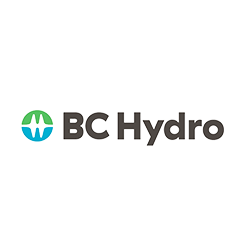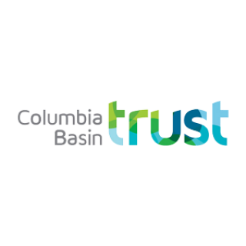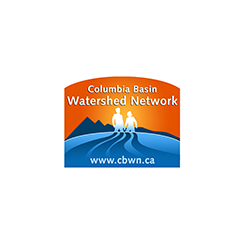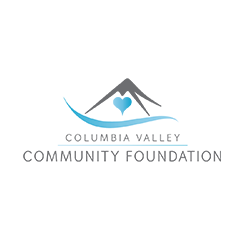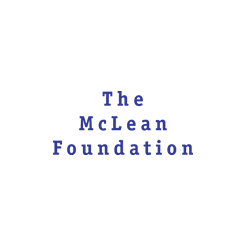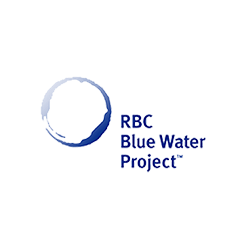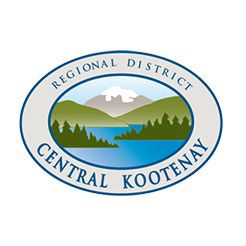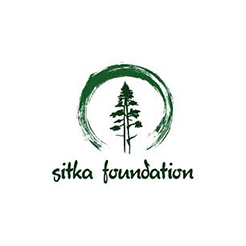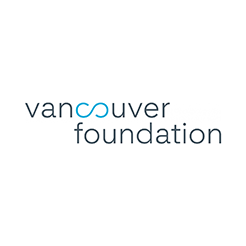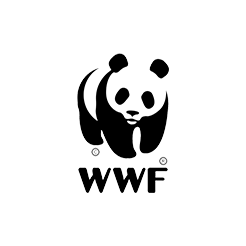2021
Impact Report
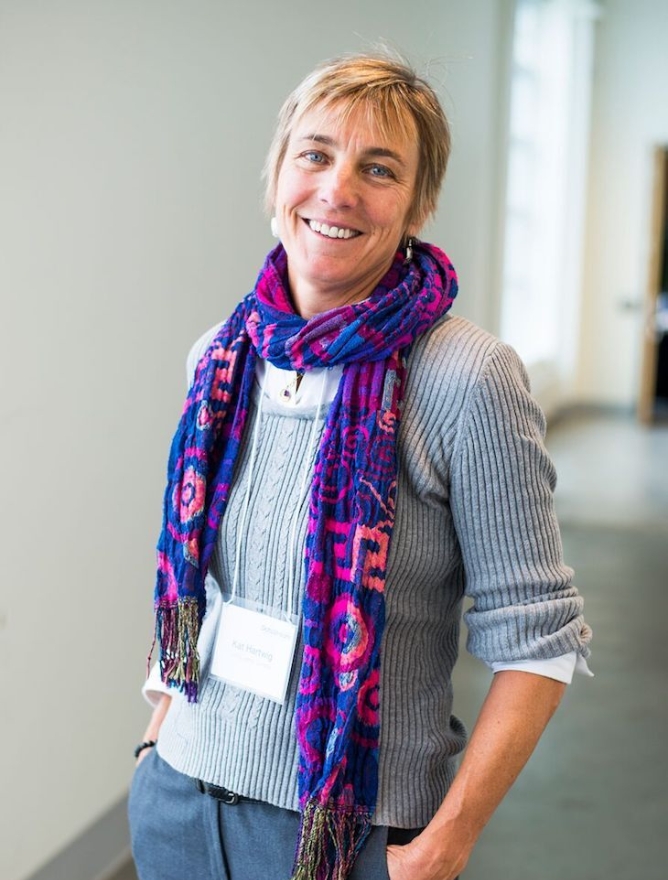
From Our Executive Director
In reporting the achievements of Living Lakes Canada, we continue to acknowledge that this work is only possible because of our funders, our partners, and our team of advisors, directors, staff, and contractors.
We are in unprecedented times in our second year of COVID, with cumulative challenges that have also affected our physical and emotional well-being. While this global pandemic substantively preoccupied and overwhelmed people, it also demonstrated that we can recalibrate. We learned that we can develop and implement large-scale paradigm shifts required for large-scale problem solving.
The problem-solving work undertaken within Living Lakes Canada and our partners has proven to be a positive reprieve from the daily barrage of glum news stories. We have nurtured and implemented the concept of “applied optimism” through work in water stewardship.
Despite COVID challenges, we were able to build and grow our team of energetic and intrinsically motivated individuals, who implemented various concurrent water stewardship projects ranging from training water monitoring groups and restoration to data management and developing progressive water stewardship policy for the health of streams, lakes, wetlands, and aquifers.
There are many highlights from the year that your support has enabled:
- Working towards greater provincial and federal support for watershed security.
- The completion of a Terms of Reference and a community engagement process for a Columbia Basin Water Monitoring 10-year project to identify knowledge gaps and collect water data.
- The launch of the Columbia Basin Water Hub.
- Engagement with Indigenous communities for water monitoring priorities.
- Continued 3-year pilot for eDNA freshwater benthic STREAM pilot program.
- Continued federal government CABIN freshwater health monitoring and training for communities.
- The National Lake Blitz pilot program delivery, encouraging people across Canada to care for our water.
- Updating the federal Foreshore Integrated Management Planning protocol to support local government in lake management plans and zoning needs for lake health.
- New collaborations within our Groundwater Monitoring program.
- Delivery of the Kootenay Watershed Science program for local watershed planning.
- Columbia River Wetlands beaver habitat restoration.
- An aquatic monitoring program launched on Alberta’s Eastern Slopes.
- An increased focus to work with and include youth across our programming.
- National and international organizational recognition.

Kat Hartwig, Executive Director
eDNA water samples collected
Citizen scientists trained
Data sets made publicly available
Sites Monitored (Including Wells)
Progress towards a Canada Water Agency
Throughout 2021, Living Lakes advocated for a much-needed federal Canada Water Agency.
In 2018, a year before the federal government first mandated the creation of the Canada Water Agency, Living Lakes Canada, The Gordon Foundation & WWF-Canada co-convened a National Roundtable Discussion around community-based water monitoring (CBWM). At this meeting, over 50 leading Indigenous and non-Indigenous CBWM practitioners, water scientists, policy and data experts developed 60 recommendations on how the federal government should strategically engage with and support CBWM efforts across the country. A final report outlining these recommendations was released in 2019.
In 2021, Living Lakes Canada was a joint signatory on the federal coalition’s (Our Living Waters) — response to Environment and Climate Change Canada’s public consultation period regarding a Canada Water Agency. In this letter, four key actions were presented as the coalition’s top priorities for federal commitment to CBWM which independently addressed the Minister of Environment and Climate Change Canada.
“Community-based water monitoring (CBWM) engages and empowers people across the country in managing and protecting fresh water… For CBWM to achieve its potential however, it first needs to be legitimized and committed to by the federal government.”
Letter by Living Lakes Canada and OLW Network to the Canadian Government as part of the 2021 public consultation period on the Canada Water Agency
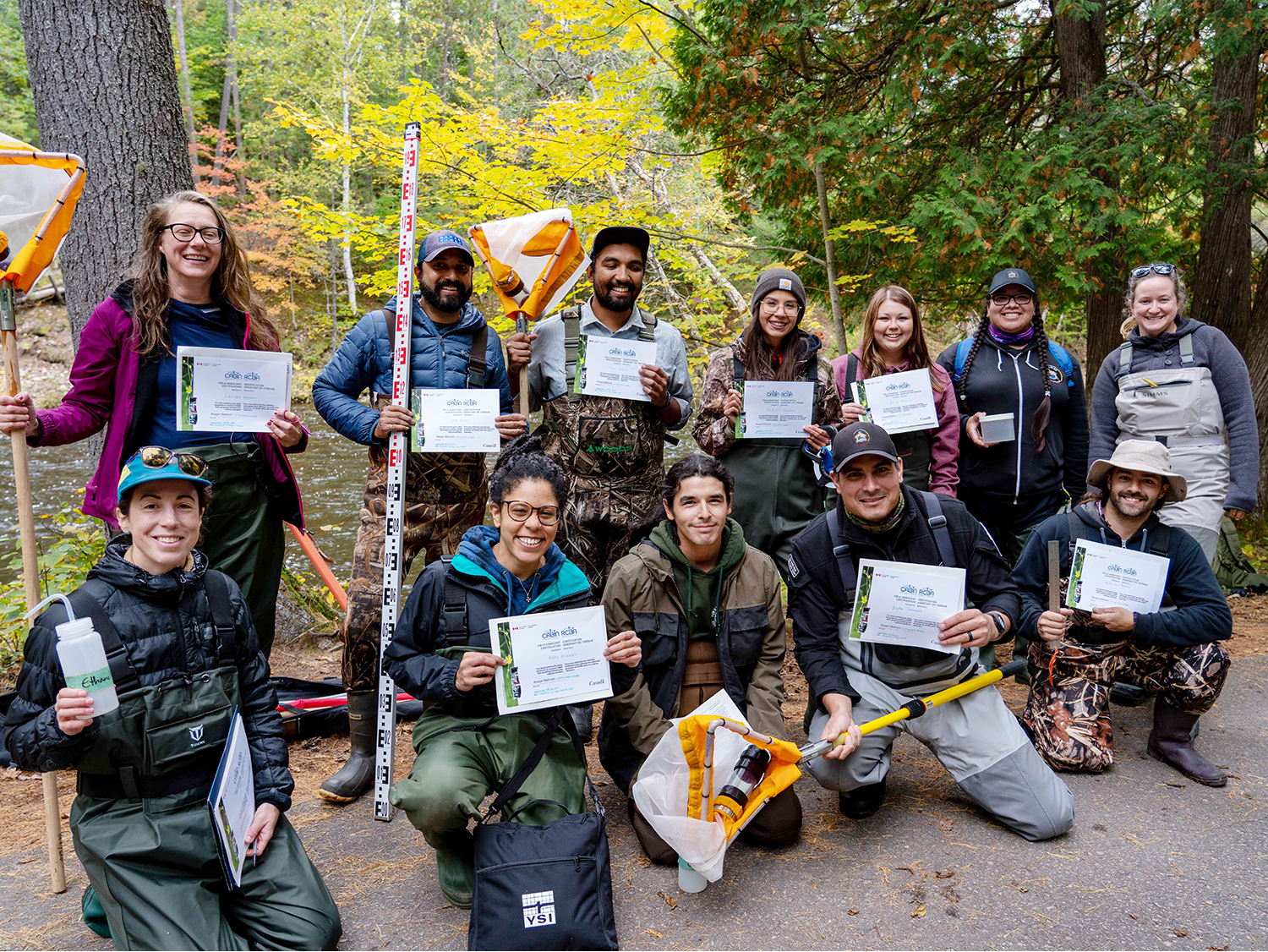
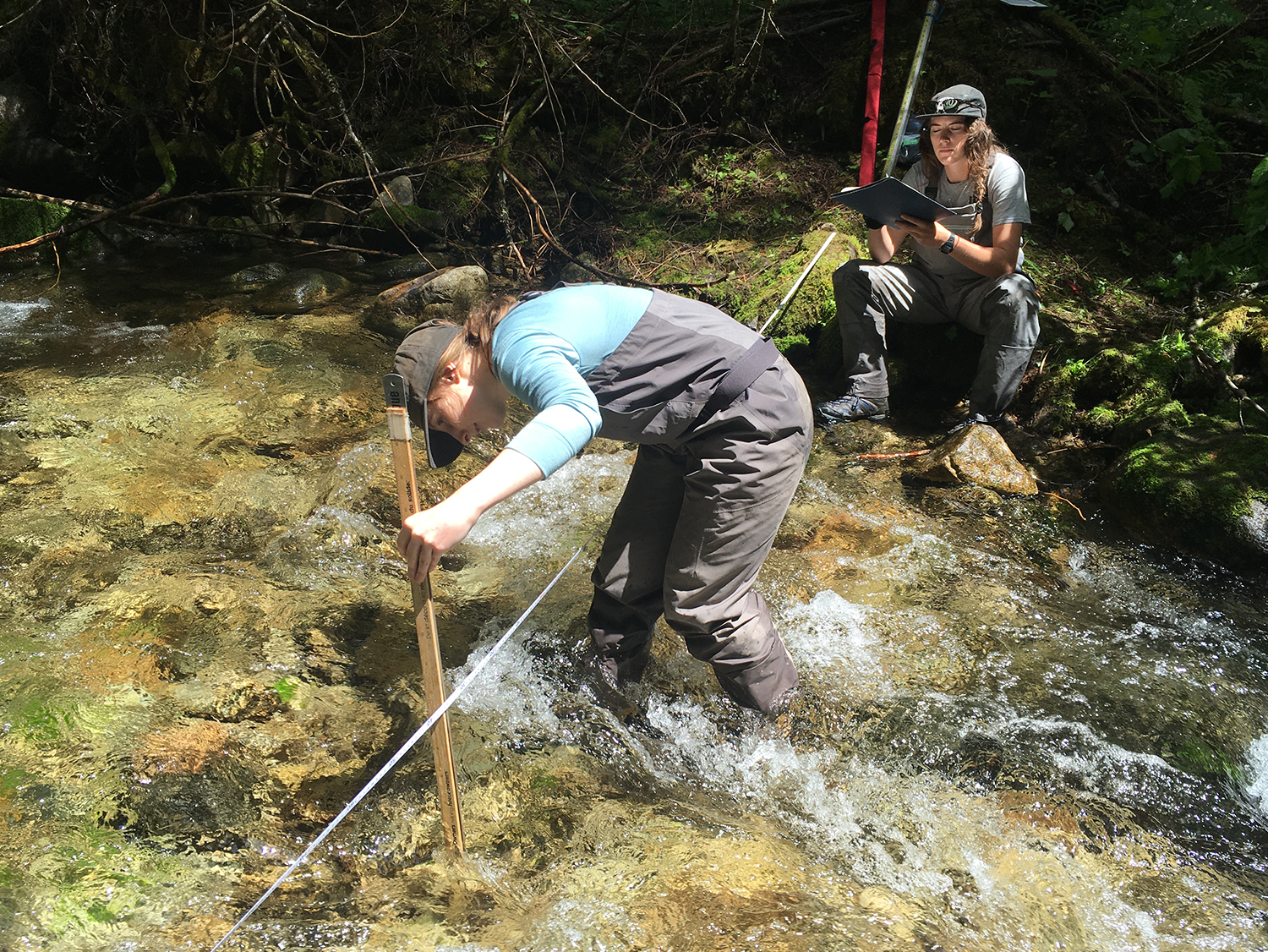
BC Watershed Security Coalition
Living Lakes Canada is a Steering Committee member of the BC Watershed Security Coalition, which acts as a collective and non-partisan voice for watershed security in British Columbia. In 2021, the BC Watershed Security Coalition focused on two priorities articulated in provincial government mandate letters:
1) a BC Watershed Security Strategy, and
2) a BC Watershed Security Fund.
Living Lakes Canada supported the Strategy and Fund through letters of support, meetings, and educational Op-Eds published in local, regional and provincial media for a community-driven call for action for B.C.’s first Watershed Security Strategy and Fund.
Living Lakes Canada’s development of the Columbia Basin Water Monitoring Framework and associated Columbia Basin Water Hub (launched March 2021) are showcased by the BC Coalition as a regional model and could act as a template for other regions with support from the Watershed Security Fund.
“Water Leaders have extensive research, expertise, networks, and programs that directly link to the government’s new watershed security mandates… Water Leaders are strong supporters of government’s efforts and are committed to helping bring watershed security commitments to fruition.”
2021 Letter to Honourable George Heyman, Minister for Environment and Climate Change Strategy, by Living Lakes Canada & the B.C. Water Leaders
Columbia Basin Water Monitoring Framework
As temperatures continue to rise, climate models are predicting increasingly smaller snowpacks. This comprehensive 10-year project investigates what water we will have in the Canadian Columbia Basin in the future and will provide information necessary to help future water allocation decisions.
In 2021 we produced an executive summary for the Columbia Basin Water Monitoring Framework outlining purpose and goals, and final version of a Terms of Reference that details necessary steps for local implementation of the framework.
With a budget and implementation plan, we are a step closer to piloting the framework in three different hydrologic regions in the Basin, with Local Reference Group Coordinators hired to help facilitate a community engagement process. “What are the water needs of these communities?” and “How will we make choices about water use in the future?” are questions the Local Reference Groups will explore in the coming year.
We have delivered presentations about this innovative methodology to audiences both within the Columbia Basin and across Canada.
“There are thousands of watersheds that could be monitored in the Columbia Basin. We can’t afford to monitor them all, nor do we have the time to do that. So we need to approach this in a way that meets local people’s interests, and ranks areas that have important aquatic ecosystem priorities, in a systematic, scientific way that makes it efficient.”
Greg Utzig, Conservation Ecologist based in the Columbia Basin
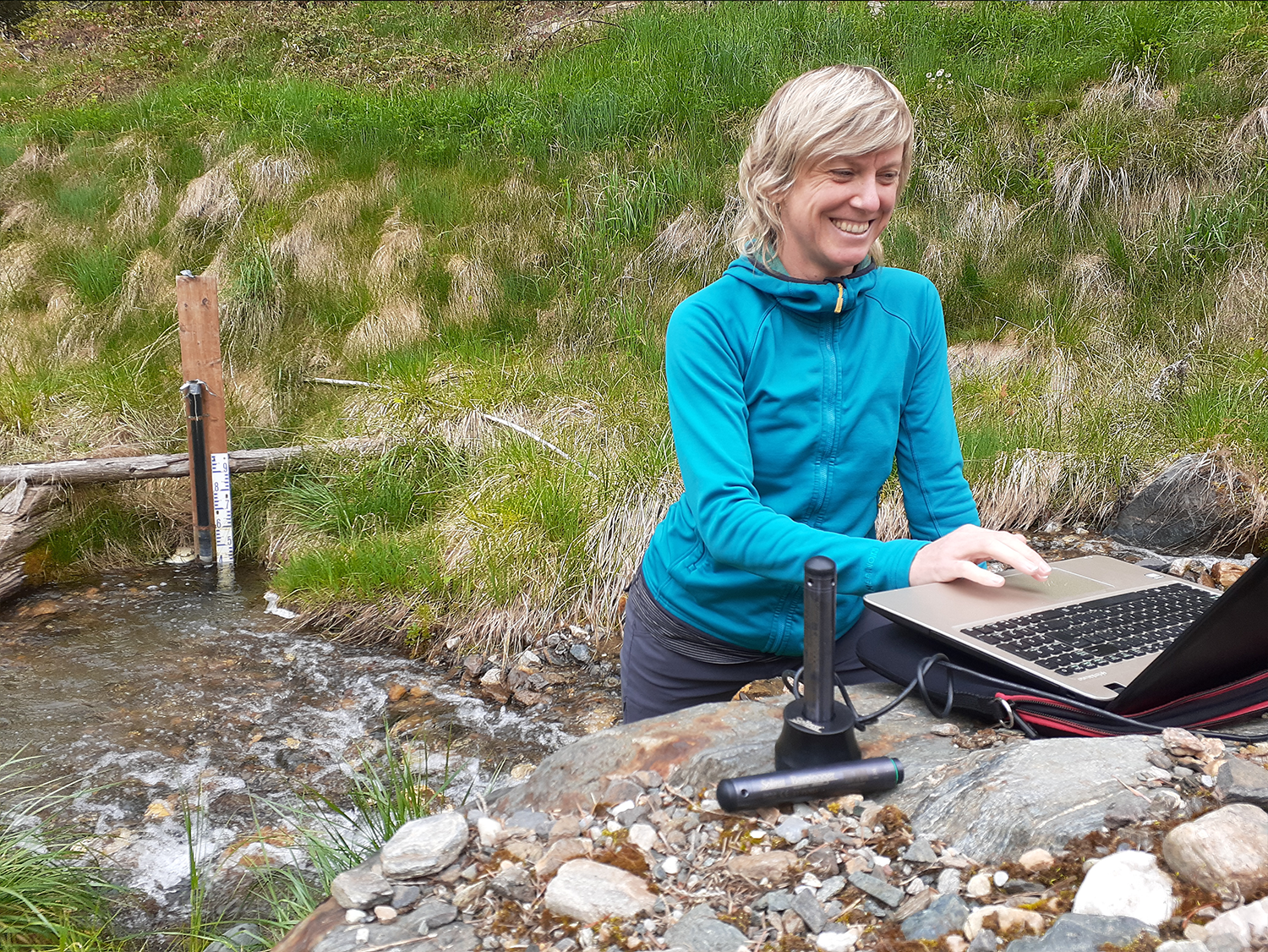
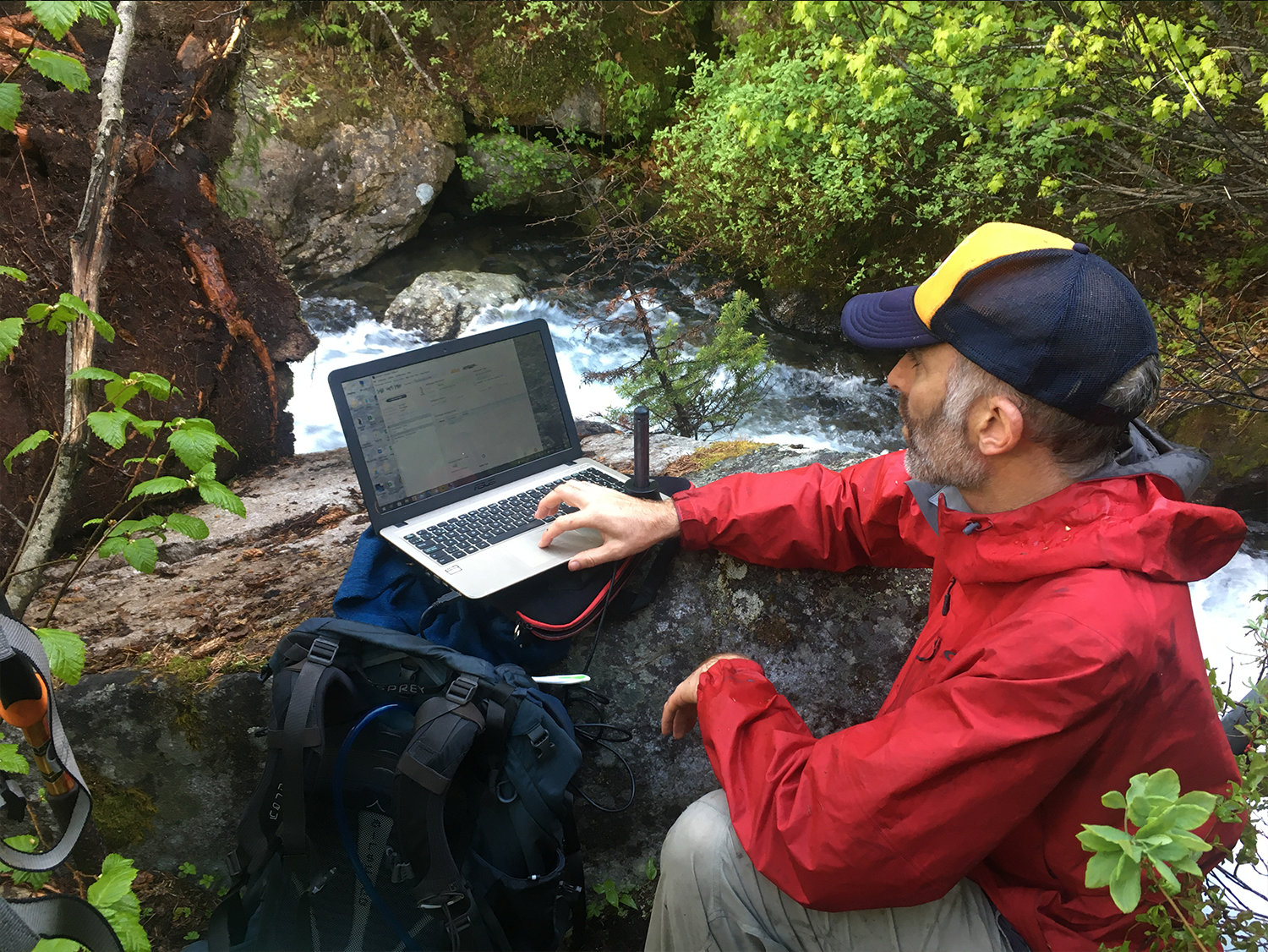
Columbia Basin Water Hub
Launched March 2021, the Columbia Basin Water Hub is a publicly available data repository. It collects, secures and displays current and historical documentation of streams, lakes, wetlands, groundwater, snowfall, glaciers, and the climate of the Columbia Basin.
Information pertinent to understanding watershed health such as numerical and spatial data, reports, and photos are now permanently archived through the Water Hub and will be useful in identifying long-term trends and climate change impacts in the Columbia Basin.
Living Lakes Canada continues to build connections with data users and contributors including stewardship groups, community associations, municipal and regional governments, Indigenous governments and knowledge holders, industry, environmental consultants, and academic researchers. Our ongoing efforts in the development of the Water Hub have been strongly supported by current and pending user groups.
“As a small not-for-profit, the Water Hub is a critical component of our program and future projects. We plan to use the Water Hub to facilitate our work, in order to share our data on a much wider scale with partners and within our communities.”
Chad Hughes, Executive Director of the Elk River Alliance
Applied Reconciliation
We acknowledge Indigenous Knowledge as paramount to water protection and restoration success. By unifying efforts between Indigenous communities and our other partners, Living Lakes Canada hopes to help decolonize relationships with water.
With a focus on reconciliation and relationship building, Living Lakes Canada has recruited an Applied Reconciliation Coordinator with a specific mandate to develop the organization’s meaningful collaborations with Indigenous communities – and bring this lens to all that we do.
We continue to build on our Indigenous engagement:
In late 2020, Living Lakes staff completed the pre-restoration monitoring for the Shuswap Band’s CHARS project (Columbia Headwaters Aquatic Restoration Secwépemc Strategy). The project aims to enhance habitat for at-risk fish species.
In 2021, our Groundwater Monitoring program partnered with the Yaq̓it ʔa·knuqⱡi ‘it First Nation in Grasmere to monitor groundwater levels in a priority aquifer.
Working to include Traditional Ecological Knowledge in the federal Foreshore Integrated Management Planning (FIMP) protocol, Living Lakes Canada coordinated a technical committee with Fisheries and Oceans Canada, the Ministry of Forests, Lands, Natural Resource Operations and Rural Development, First Nations, project experts, and local government. The updated protocol was applied to four Columbia Basin lakes in 2021.
The Let’s Talk About Water International Film Festival recognized our short movie “Alhgoh ‘uts’ut’en (We all work together) for Water” documenting CABIN-STREAM training with the Binche Whut’en First Nation.
Several more Indigenous-led community-based water monitoring programs were showcased in a dedicated webinar as part of our Spring 2021 STREAM webinar series.
Our STREAM program worked with 22 First Nations in 2021, delivering successful training sessions in the Canadian Aquatic Biomonitoring Network (CABIN) protocols across Canada.
And we worked with Ktunaxa consultant and scholar Michele Sam in planning our three-part Indigenous-led Water Relationships Webinar Series featuring knowledge holders from the Ktunaxa, Secwepemc, Syilx-Okanagan/Sinixt Peoples.
“Water is the lifeblood of all living things. In our relationship with water and land it needs to be understood that we have responsibilities. Yes, we have rights, but more so we have responsibilities for the water, for the land. Water is a humble but powerful spirit and the sacred gift of life.”
Kukpi7 Wayne Christian, Tribal Chief of the Shuswap Nation Tribal Council
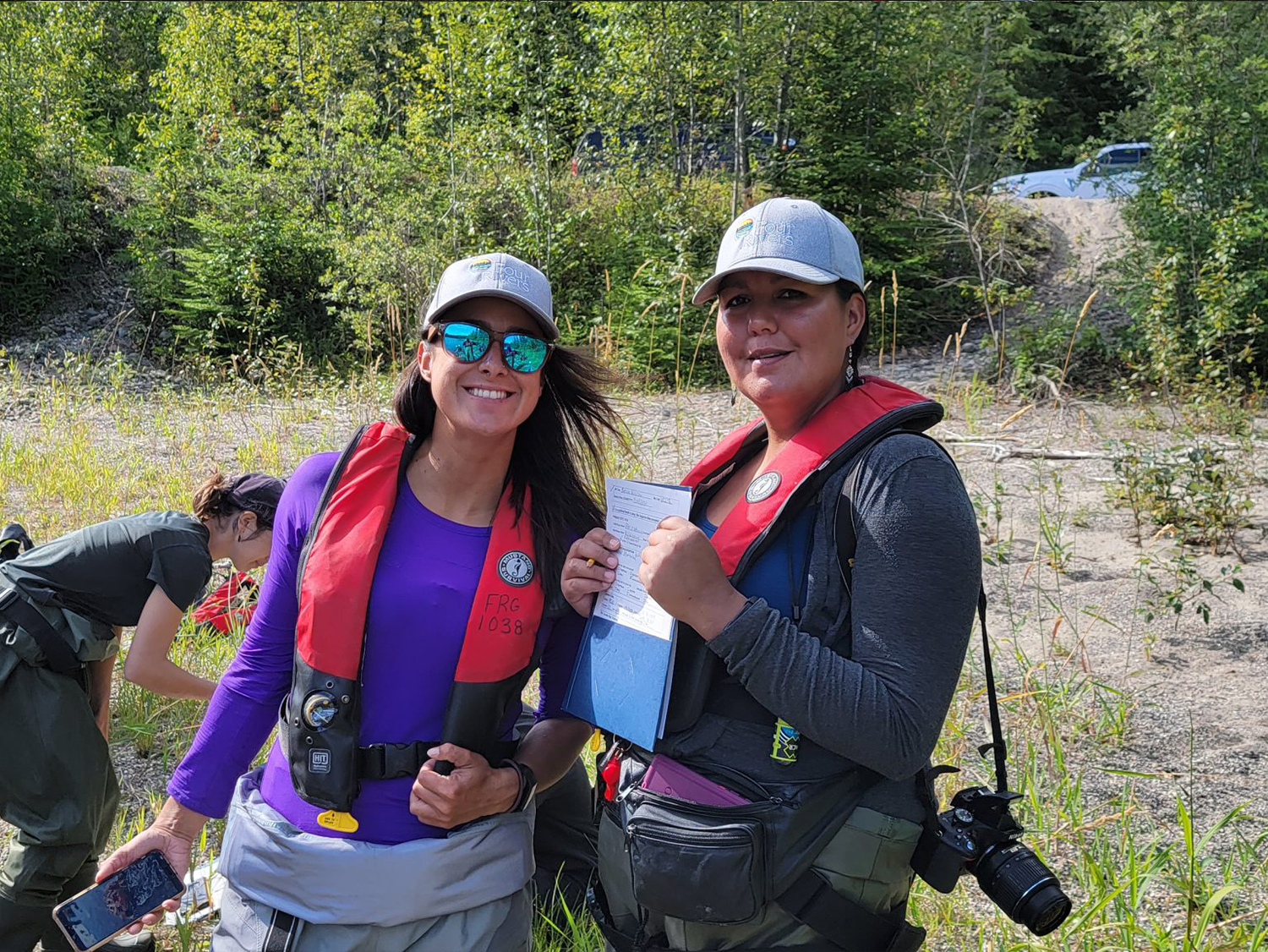
Fish Passage Assessments
Monitoring Groups Partnered With
Governments collaborated with
First Nations partnered with

STREAM / CABIN
Successful training in Sequencing Rivers for Environmental Assessment and Monitoring (STREAM) and the Canadian Aquatic Biomonitoring Network (CABIN) protocols continued through 2021.
Living Lakes Canada aims to provide ongoing support for quality community-based water monitoring through the STREAM-CABIN program in partnership with WWF-Canada, the University of Guelph and Environment and Climate Change Canada in order to collect baseline watershed health data, assess restoration efficacy, and update historic datasets nationally.
In order to showcase our efforts to the STREAM network as well as a broader audience, Living Lakes Canada hosted a four-part STREAM webinar series in 2021 where presenters shared details of current monitoring projects and new insights.
We have also worked to address data deficiencies with the Western science protocol through interweaving Indigenous Knowledge with our STREAM-CABIN practices.
Overview of 2021 training participants:
- Athabasca Watershed Council
- Blueberry River First Nations
- Columbia Headwaters Aquatic Restoration Secwépemc Strategy on behalf of the Shuswap Indian Band
- Elk River Alliance
- Four Rivers Environmental Service
- Grand Council Treaty #3
- Kebaowek First Nation
- Kitigan Zibi Anishinabeg
- Matawa First Nations
- Nacho Nyak Dun First Nations
- North Saskatchewan Watershed Alliance
- Oldman Watershed Council
- Ottawa Riverkeeper
- Selkirk First Nations
- Sunchild First Nations
- University of Alberta
- University of British Columbia
- Water First Education & Training Inc.
- Yukon Government
“The STREAM training was of immense benefit to Four Rivers and the Matawa member First Nations in attendance. Community members commented that they felt prepared to begin their own benthic monitoring initiatives within their homelands to gather baseline data on the health of their valued rivers, streams, and creeks. We look forward to continuing our positive relationship for many years to come, chii miigwetch!”
Erin Desjardins, Four Rivers Environmental Services Matawa First Nations
National Lake Blitz
The 1st annual National Lake Blitz in 2021 was born out of the continuing need to mainstream water stewardship and help communities in Canada understand the impacts of climate change on freshwater. These challenges, combined with the lack of water data available in Canada, presented an opportunity for a people-powered citizen science solution.
The goal of the National Lake Blitz is to increase the amount of data available on freshwater lakes and provide an entry level opportunity for all citizens to become more informed about the climate crisis and its impact on freshwater ecosystems.
The Lake Blitz provides the tools, training, and support necessary to enable citizens across Canada to monitor water. In 2021, thanks to our collaborators and volunteers across Canada, data was gathered on 25 lakes from the Yukon to Nova Scotia. Our Lake Biodiversity Photo Challenge saw 160 lake photos submitted from across the country.
The Lake Blitz developed 15 new partnerships with organizations in the non-profit, private and government sectors.
Image Credit: Tim Hicks
“We wanted to monitor the health of Kennaway Lake because we are part of the lake ecosystem and we want to be good stewards. Monitoring the lake through the Lake Blitz has been a great learning experience. We are now monitoring the plants and animals using the lake, tracking ice out and freeze-up, and have started planting additional vegetation on the lake shore to help maintain lake health.”
Mark Peck, 2021 Lake Blitz Volunteer, Kennaway Lake in Ontario

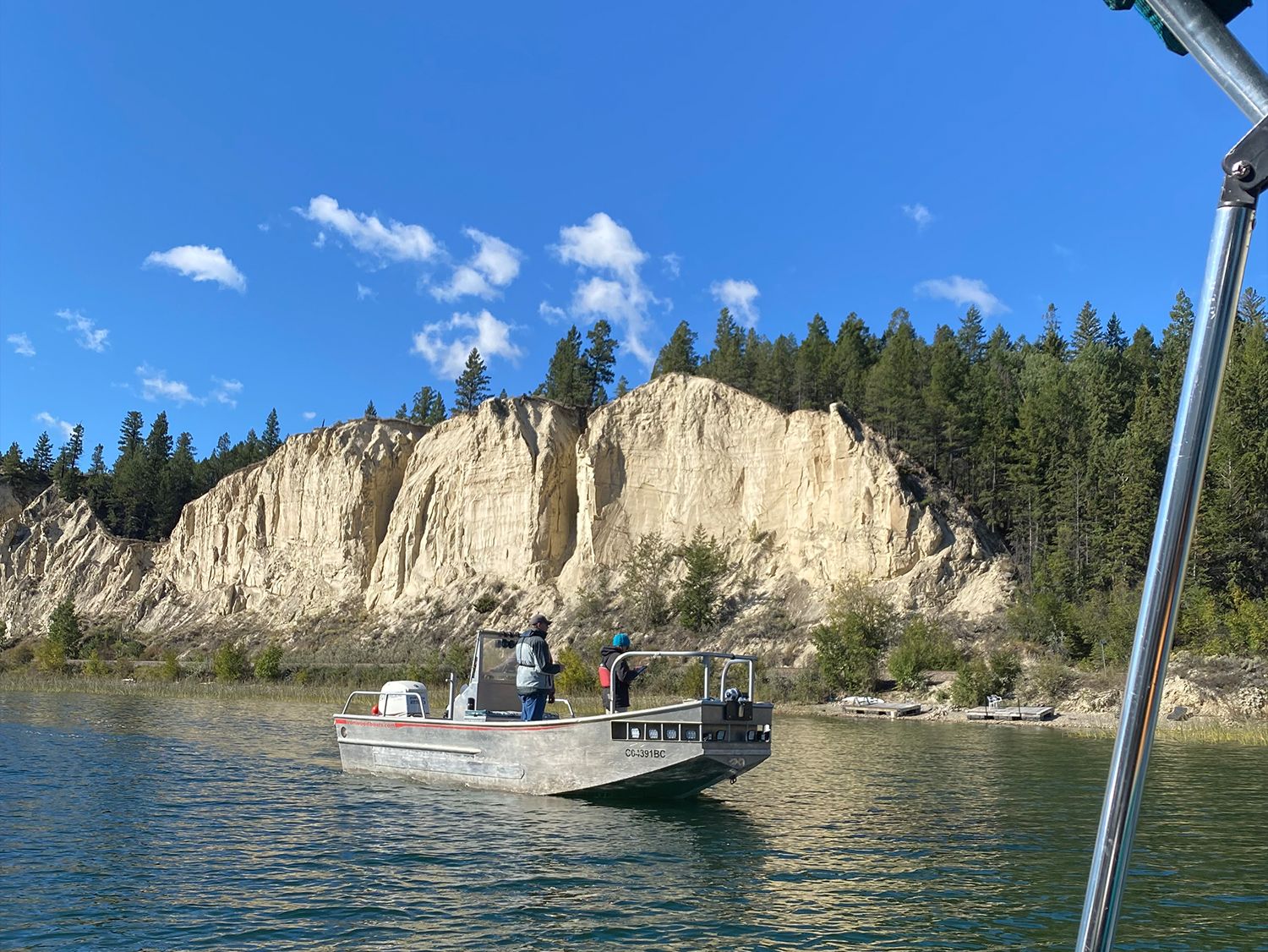
Foreshore Integrated Management Planning
Living Lakes Canada’s Foreshore Integrated Management Planning (FIMP) program continues to provide guidance in decision making around sensitive shoreline land usage and restoration. Foreshore Inventory and Mapping (FIM) data, including shoreline habitat classification, shore type, and modifications, have been made publicly available online. The information gathered by the FIMP program is especially important as it relates to protecting B.C.’s declining biodiversity and preserving at-risk species and their habitats.
In the last year, using the recently updated FIMP methodology, Kootenay Lake, Slocan Lake, and Columbia Lake were successfully re-surveyed. Lake Windermere, Moyie Lake, Whitetail Lake, and Whiteswan Lake received new FIM and development guideline reports.
The FIMP project has also experienced considerable media coverage, appearing in several news publications as well as being featured in webinars with a national audience.
In order to deliver this program, Living Lakes Canada has entered a Contribution Agreement with Fisheries and Oceans Canada.
“A 2021 FIMP survey of Lake Windermere has provided us with critical findings that show 57% of Lake Windermere’s shorelines are disturbed. Since 2006, there has been a 35% increase in the number of docks and a 100% increase in the length of shoreline taken up by retaining walls. This information will contribute to lake management, outreach, and community engagement.”
Amy Baxter, Program Coordinator of the Lake Windermere Ambassadors
Columbia Basin Groundwater Monitoring Program
The Columbia Basin Groundwater Monitoring Program tracks groundwater levels to help determine how groundwater resources are being impacted by climate change and other stressors. This work aims to guide effective management of these resources for the benefit of people and nature.
The program uses a number of groundwater monitoring methods including 3-D hydrogeological modeling and partnering with well owners to establish Volunteer Observation Wells (VOWs). The monitoring equipment installed in VOWs collects hourly water level measurements. The data are then shared publicly on the BC Real-time Water Data website and the Columbia Basin Water Hub. Many of the VOWs have now collected several years of data that show seasonal and longer-term trends. This data can be used to support water management, such as drought forecasting.
In 2021 we partnered with the Tobacco Plains Indian Band and Selkirk College in local groundwater monitoring efforts. The program continues to expand and receive requests for monitoring from Basin residents, First Nations, municipalities, and community groups.
“It has been an amazing opportunity to collaborate with Living Lakes Canada on their groundwater monitoring program. They provided the equipment and training for students to monitor an observation well on the Selkirk College campus. The data students collect will contribute to a regional groundwater monitoring program.”
Allison Lutz, Hydrology Instructor in School of Environment and Geomatic, Selkirk College
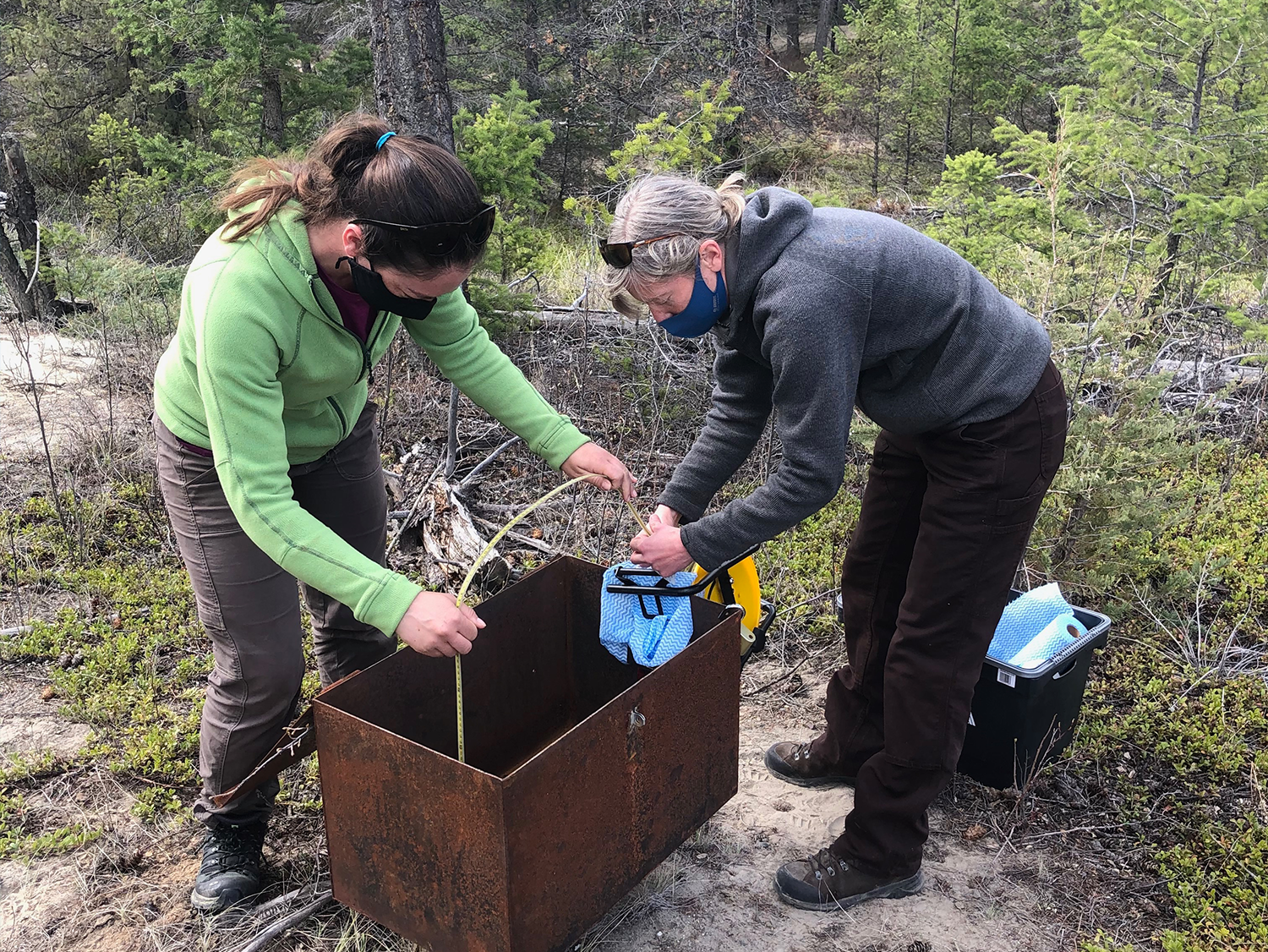
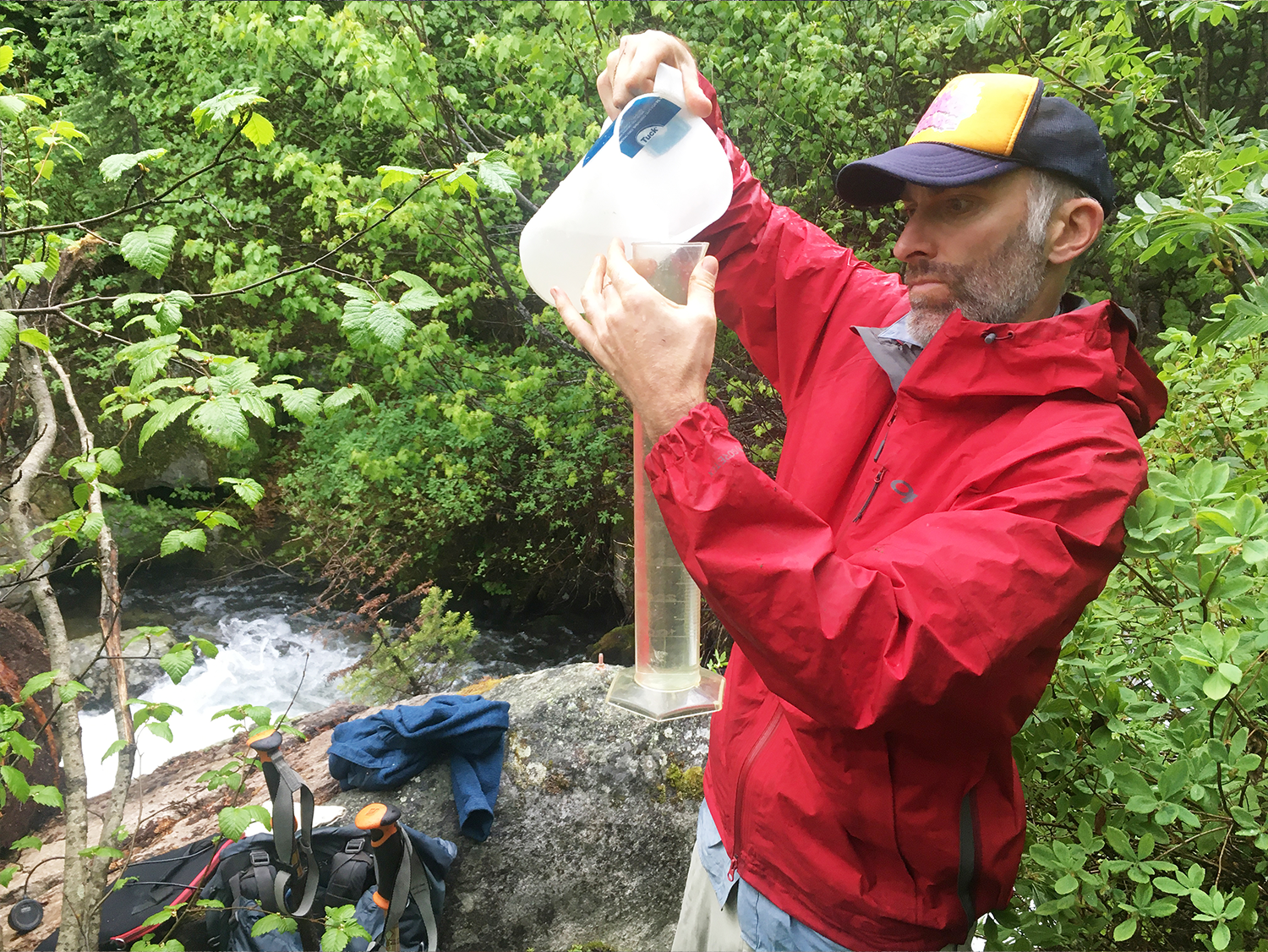
Kootenay Watershed Science
2021 marks another busy year for our Kootenay Watershed Science (KWS) program. Driven by data collection and analysis for the purpose of providing decision makers with much-needed, quality-controlled information, KWS has performed hydrometric monitoring on seven creeks around Kootenay Lake and completed a first year of comprehensive alpine lake monitoring on Ben Hur Lake. We have also performed climate station monitoring at three different sites. Data from the KWS program has been digitally published via Aquarius and the Columbia Basin Water Hub to ensure easy access for all data users.
Our KWS program was featured in Smart Water Magazine’s January 2021 issue, Environmental Science & Engineering Magazine in June 2021, and on the Solinst website. We presented at an online conference and facilitated a field workshop with local college students to inform public groups about Living Lakes Canada’s work and motivate a new generation of environmental scientists.
“Kootenay Watershed Science’s monitoring programs improve our ability to analyze and forecast hydrological patterns in the Kootenay-Columbia basin region. The project provides high quality data that could be used for a wide variety of purposes including: climate modelling, development planning and water resource use. The data and subsequent analysis allows professionals to identify potential risks to the local public and infrastructure and can help manage water supplies under a changing climate.”
Brian Menounos, PhD, PGeo, Professor of Earth Sciences and Canada Research Chair in Glacier Change, Geography Earth and Environmental Sciences, University of Northern British Columbia
International Collaborations
Organizations Contributing Data
Water Hub Users
Watershed Restoration Program
Living Lakes Canada began a Watershed Restoration Program in 2021 in support of the strategic goals outlined in our active membership in the Columbia Wetland Stewardship Partners.
In the last year, we have assisted in the installation of 38 wetland water level and temperature monitoring stations in the Columbia Wetlands. These stations will help to determine which sections of this ecosystem are most vulnerable to effects of climate change. As part of the program’s proactive approach to watershed restoration, we have also supported pre-restoration biomonitoring in small- to medium-sized streams across the Kootenay region.
Through our Watershed Restoration Program, we also participated in a second year of fish surveys at high priority stream crossings in two watersheds known to hold pacific salmon populations and at-risk species. This undertaking helps to identify obstructions in fish access to high quality habitat. With this work, we hope to restore independent movement and improved climate resilience for many fish species.
In addition to these conservation efforts, we completed cottonwood stand surveys along multiple sections of the Upper Columbia River and installed human-wildlife coexistence tools, such as beaver deterrent wiring, to promote longevity and sustainable wildlife habitat in riparian areas.
“Partnering with Living Lakes Canada was a great experience and allowed Columbia Wetland Stewardship Partners to make great progress on wetland initiatives in the Columbia Valley. The collaboration was a particularly positive experience because Living Lakes was able to engage and involve youth on multiple environmental initiatives.”
Dr. Suzanne Bayley, President of Columbia Wetland Stewardship Partners
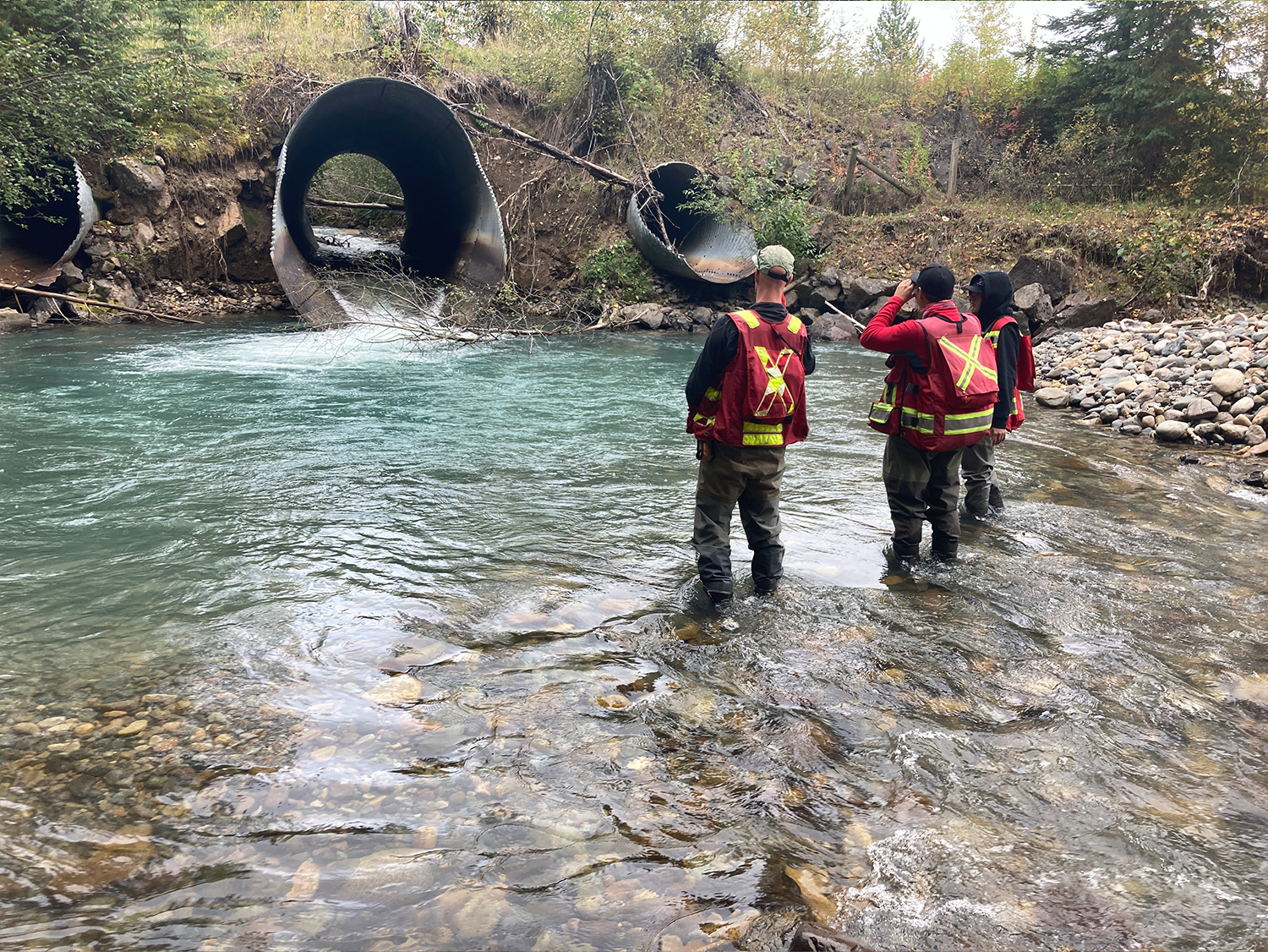
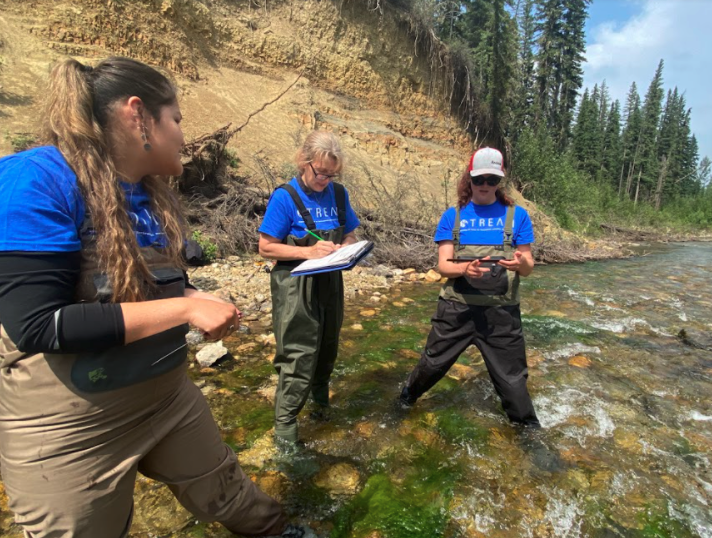
Eastern Slopes Community-based Aquatic Monitoring Collaborative
Living Lakes Canada launched a three-year community-based aquatic monitoring program across Alberta’s Eastern Slopes. In 2021 we participated in meetings in support of water stewardship initiatives in this area. These meetings enabled the Collaborative to share CABIN resources and monitoring information. Opportunities to work with existing water quality projects were identified, along with training opportunities. Sample analysis support was also provided.
Collaborative partners have completed GIS exercises to help identify water sources that have experienced minimal human disturbances to serve as Reference Site locations for future monitoring. The identification of these Reference Sites will support community-based water monitors in understanding the baseline health of local water systems, setting up their water monitoring priorities, and ultimately contribute to the development of a CABIN Reference model for the Eastern Slopes.
We understand the importance of building STREAM-CABIN training capacity so in 2021 Living Lakes Canada facilitated a Train-the-Trainer session with the Oldman Watershed Council, which will allow for increased STREAM-CABIN training and monitoring in Eastern Slopes sub-watersheds.
“Elders in our community have vast stores of knowledge about the Baptiste River. The CABIN methods we learned can complement our community plan for restoration projects. The knowledge systems can work equally and share that balance.”
Julie Daychief, Sunchild First Nation
FlowH2O & the Digital Supercluster
The focus of the FlowH2O and the Digital Supercluster program has been to develop an efficient, low-cost, highly customizable, predictive analytics platform specifically for environmental data monitoring in remote areas. For this year of the project, the remote areas of focus have included Anderson Creek Watershed, Glade Creek, and Abel Creek. Living Lakes Canada helped identify areas of interest for testing and installed various sensors to collect water and climate data.
The use of remote sensors providing near real-time data is becoming necessary for the early prediction of natural disasters such as floods. The Anderson Creek watershed was the first pilot area where a network of low elevation and alpine stations measuring precipitation, wind speed, humidity, and soil moisture were deployed. This data helps to create a model that can predict the flow of water in m3/sec. The FlowH2O platform provides the ability for users to analyze data and create outputs like hydrographs and forecast river discharge.
FlowH2O’s ability to accurately and quickly model discharge provides a tool for communities to be better prepared for uncertain climate scenarios. One example of this is the ability to create “alert notifications” that would distribute messages based on certain parameters that could indicate floods.
“Working with Living Lakes Canada in the FlowH2O project has been very informative in understanding the priorities of local communities and monitoring groups as well as in ensuring that the technology developed with this project meets a variety of needs.”
Greg Johnston, President of Carl Data Solutions Inc., the lead on the FlowH2O project

Temperature Logger Stations Installed
Lakes monitored
Public webinars hosted by LLC
Our Financials
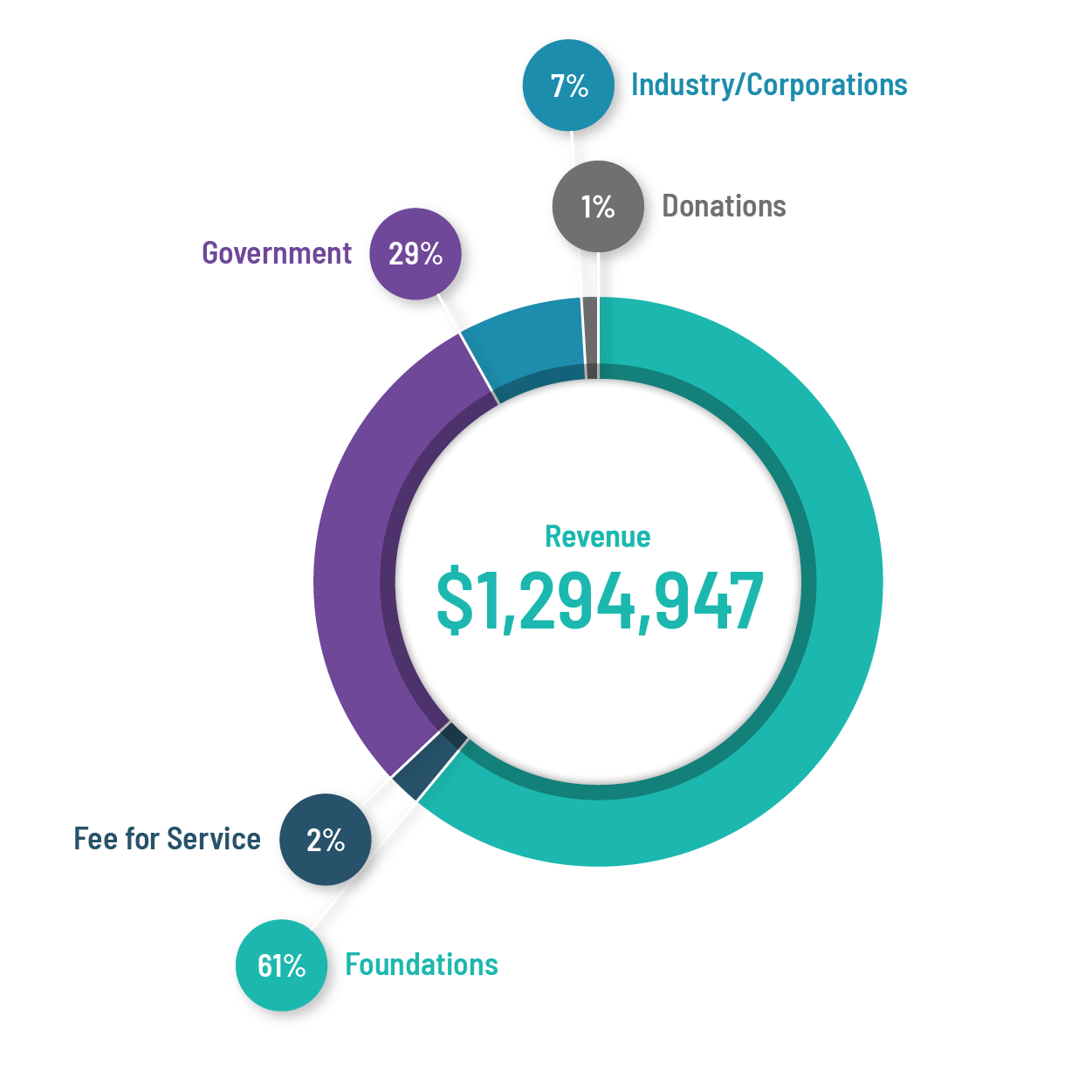
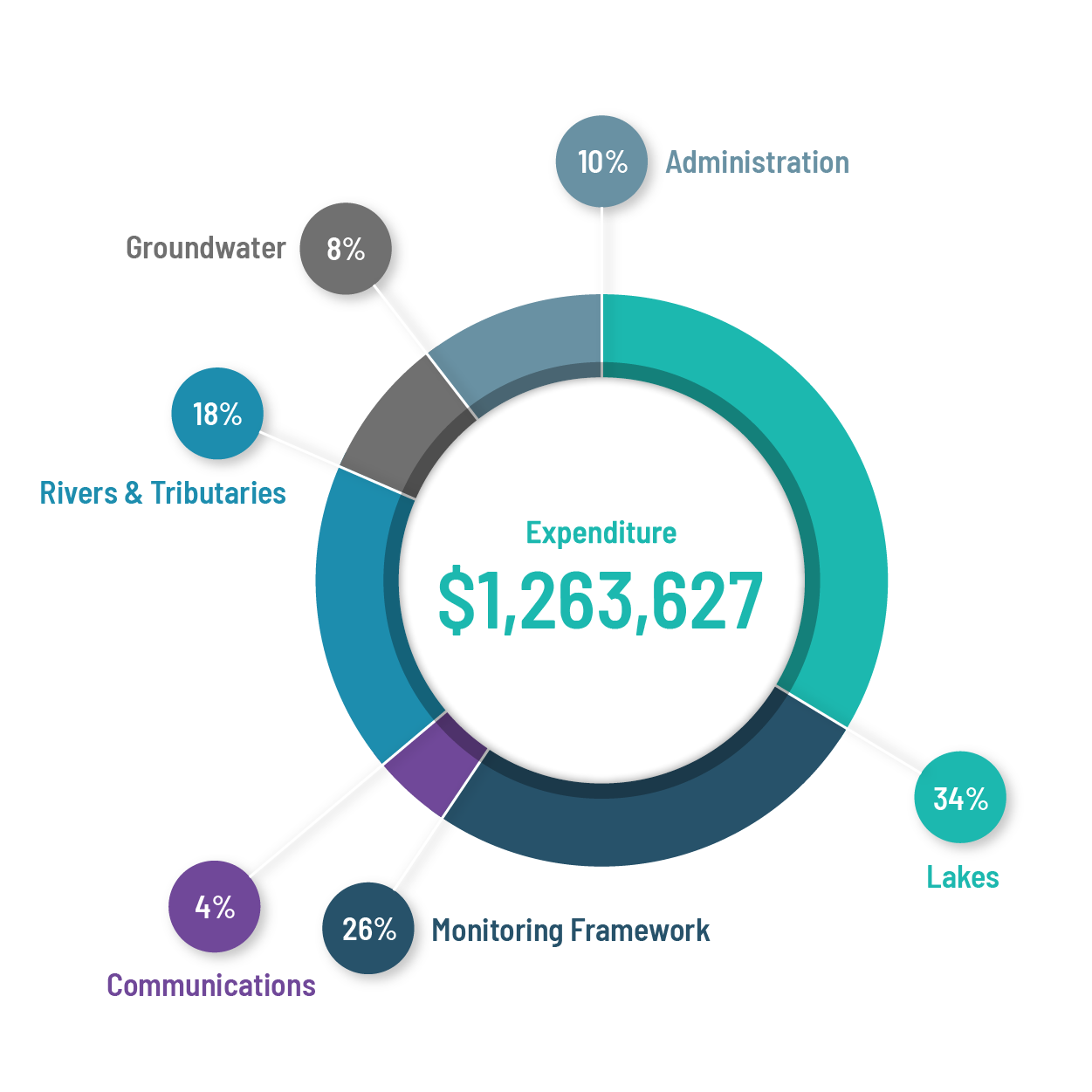
“These achievements belong to you, our donors, funders and partners, as well as our team of advisors, directors, staff and contractors.”
– Kat Hartwig, Executive Director
Our Funders
Our Partners
Thank you to our partners & collaborators, past and present.
Invest in Living Lakes Canada
Your support helps communities and decision makers access tools, training and data that help them create sustainable and healthy communities and ecosystems.
Donate Today



